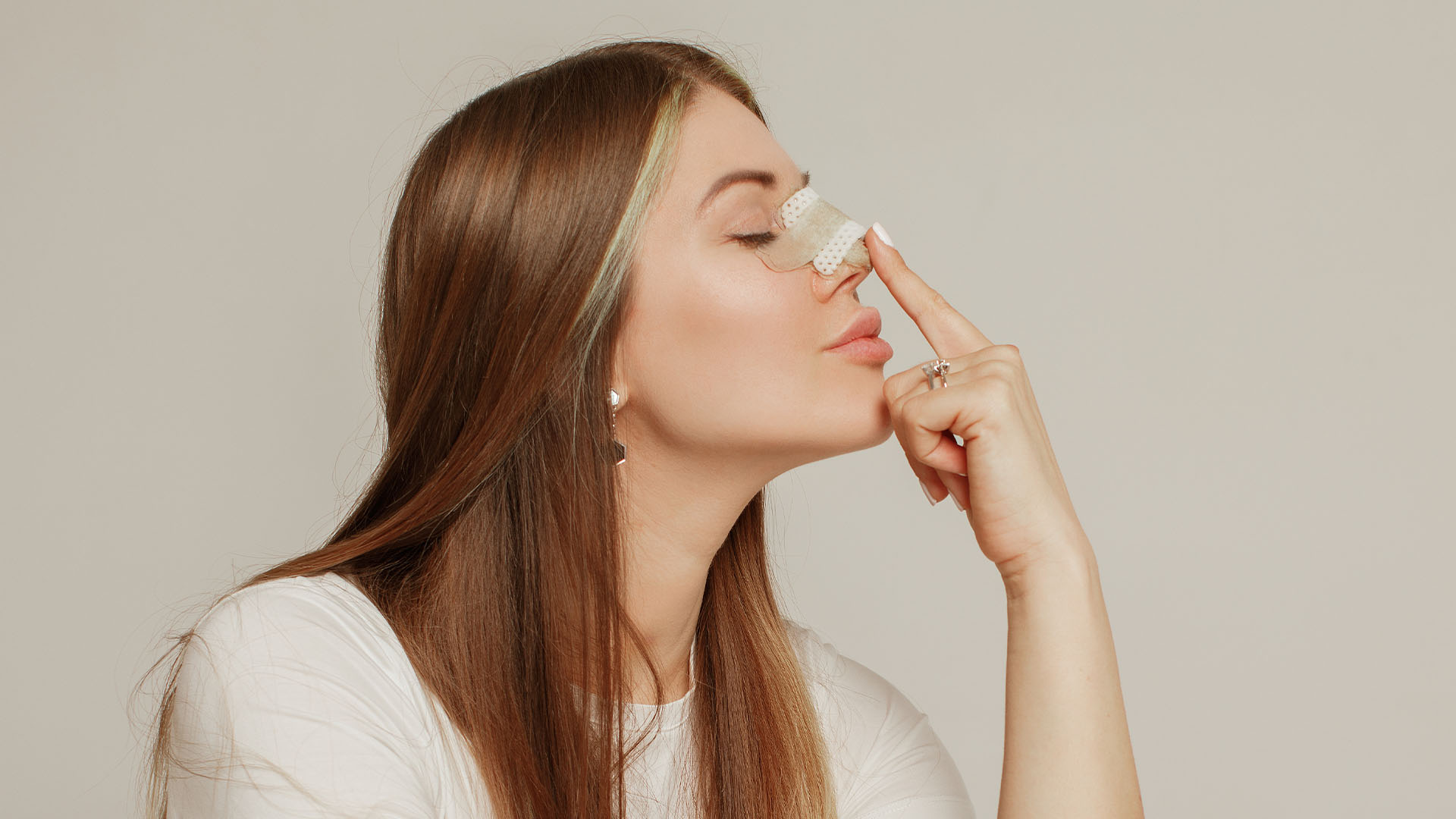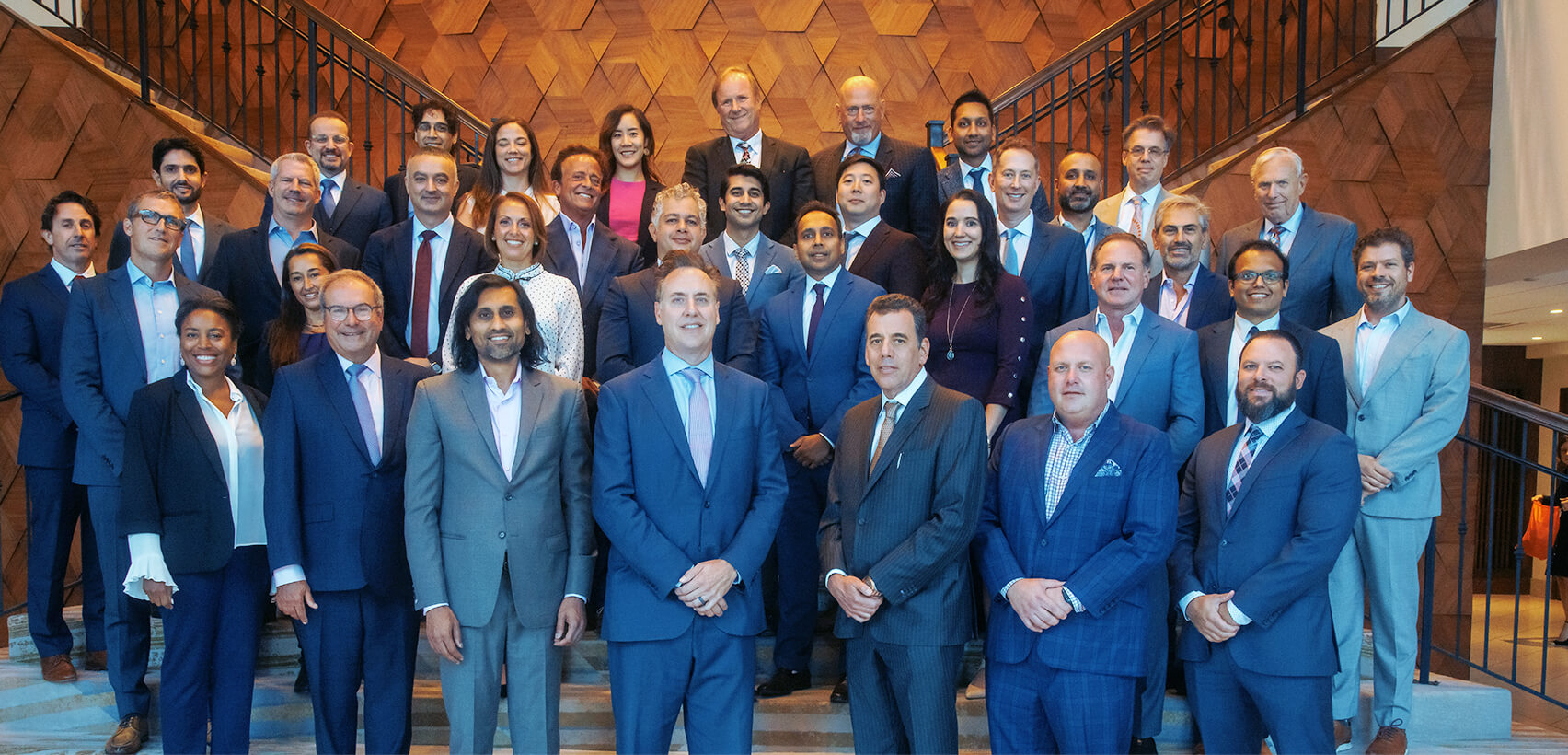Rhinoplasty Recovery: Expert Tips for a Smooth Healing Process

Rhinoplasty is one of the most popular cosmetic procedures for enhancing facial harmony and nose proportions. Rhinoplasty is also a common surgery for addressing functional issues like breathing impairments due to structural defects. Whether for aesthetic or functional purposes, the success of a rhinoplasty surgery depends on post-operative healing and recovery just as much as your surgeon's experience, knowledge, and skill.
Introduction to Rhinoplasty Recovery
Once you have had rhinoplasty, the recovery period is crucial for achieving the best results. It requires a proactive commitment to post-operative care guidelines. If you follow post-operative instructions, you can help ensure a smooth healing process and optimal results.
The First 24 Hours Post-Rhinoplasty
Immediately after rhinoplasty, it is typical to experience symptoms such as swelling, bruising, and discomfort. It is essential to have a support system ready to help with personal care and emotional support. Sleeping in an elevated position during the first night is advisable to help reduce swelling and manage pain effectively. You will receive specific instructions on how to care for the surgical site, manage discomfort, and recognize signs of potential complications.
Managing Swelling and Bruising
Swelling and bruising are most pronounced during the first two weeks post-surgery but will begin to subside gradually. Peak periods of swelling occur in the morning hours and may persist intermittently throughout the first year. You can effectively manage swelling and bruising using cold compresses, keeping your head elevated, and avoiding activities that could exacerbate swelling.
Following your surgeon's advice during this time is critical for minimizing these effects and aiding the healing process. That includes avoiding strenuous activities and exercise, such as running, weight lifting, and any intense physical movements, for at least two weeks.
Healing Stages of Rhinoplasty Recovery
The recovery from rhinoplasty occurs in stages, with the initial few weeks being the most crucial for immediate healing.
- Week 1: Expect pain and soreness in the first week. Your eyes may appear bruised and feel swollen. Take time off work to rest and avoid strenuous activity.
- Week 2-3: Splints and bandages are often removed in the second week and strenuous activity and heavy lifting should still be avoided.
- Week 4: Swelling and bruising should mostly subside, and results may be apparent. Your doctor will advise on appropriate activity and exercise.
Your face will look like itself again during the second and third months following a rhinoplasty, and the results of the surgery and improvements to your nose will be visible. Adjusting to changes in appearance is a significant part of the recovery, involving physical and psychological adaptations.
Follow-Up Visits and Ongoing Care
Post-operative visits are vital for monitoring your healing process and ensuring the recovery is on track. During these appointments, your rhinoplasty surgeon assesses the healing progress, addresses concerns, and will clear you for gradually resuming normal activities. These visits are essential for achieving your desired aesthetic outcomes and ensuring your health and safety.
Long-Term Care and Maintaining Results
You want the best results from your rhinoplasty surgery, so taking long-term care of your nose is critical.
Tips for ensuring the best long-term outcomes from rhinoplasty include:
- Keep all follow-up appointments and follow your surgeon's recovery recommendations
- Get plenty of rest
- Avoid strenuous activity and exercise until cleared by your doctor
- Protect your nose from injury and sun exposure
- Do not blow your nose, and try to avoid strenuous sneezing
It can take up to a year for your rhinoplasty surgery to fully heal. Within 2-3 months, you should start to see the new “shape” of your nose, but expect to continue your recovery process for up to 12 months. If you are considering revision surgery after a rhinoplasty, make sure you have allowed a full year of recovery and healing to pass to see your final results.
Why Choose The Plastic Surgery Center for Your Rhinoplasty
When choosing a surgeon for your rhinoplasty surgery, start your search with The Plastic Surgery Center. Our team of world-renowned, board-certified plastic surgeons are distinguished for their superior knowledge, training, and experience with revolutionary procedures.
Our patients receive personalized care and support throughout the recovery process. Explore our success stories and testimonials from past rhinoplasty patients, and see the transformative results available from our experienced surgical team.
Awards, Certificates, & Associations

